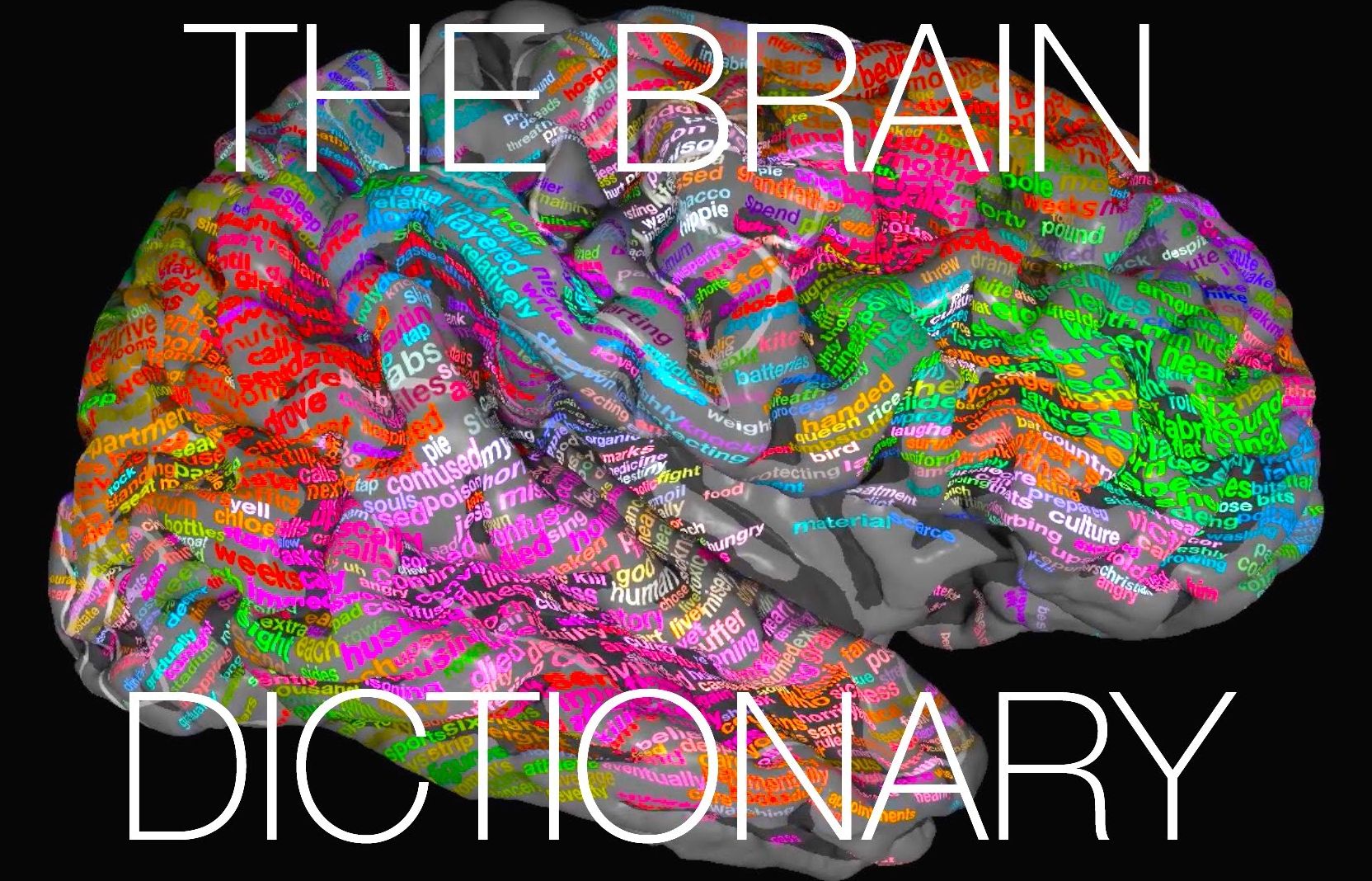What if a map of the brain could help us decode people’s inner thoughts?
Scientists at the University of California, Berkeley, have taken a step in that direction by building a “semantic atlas” that shows in vivid colors and multiple dimensions how the human brain organizes language. The atlas identifies brain areas that respond to words that have similar meanings.
The findings, to be published April 28, 2016 in the journal Nature, are based on a brain imaging study that recorded neural activity while study volunteers listened to stories from the “Moth Radio Hour.” They show that at least one-third of the brain’s cerebral cortex, including areas dedicated to high-level cognition, is involved in language processing.
Read more
